Nakayama is in between Narita And Haneda International Airport
<クッキーについての同意並び欧州居住者向けプライバシーポリシー>
中山・下総・散歩道
Shiensosha|A Wooden House Once Hakushu Kitahara Lived
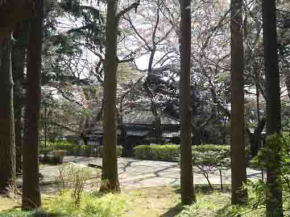
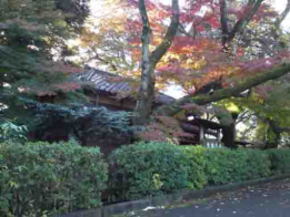
The banks and shores along Edogawa River has been scenic spots. Many writers and poets has loved the lands. Hakushu Kitahara, a poet in Taisho and Showa era, lived in the area near the west bank of Edogawa River called Koiwa in Edogawa-ku after he had lived Kameiin Temple in Mama. He named his house 'shiensosha'. Now the house is standing along a tiny path covered with cherry trees beside the rose garden in Satomi Park gives some impressions of living in Showa era. You could see the rooms of the house when it is a fine day.
The scenic views at Edogawa river would attract many poets and writers. Hakushu Kitahara, Saneatsu Mushanokoji, Ogai Mori and Shotaro Yasuoka visited, and Sachio Ito wrote 'Nogiku no Haka' set in Yakiri district near Edogawa river. Rohan Koda and Kafu Nagai lived Yawata in Ichikawa city, the house of scenario writer Yoko Mizuki stands in Yawata too. 'the Path of Literature along Sakuradote' has many signboards to introduce many poets and writers related to Ichikawa city.
Why don't you visit Shiensosha?
Shiensosha, The House of Hakushu Kitahara

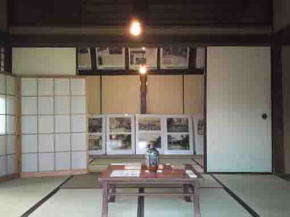
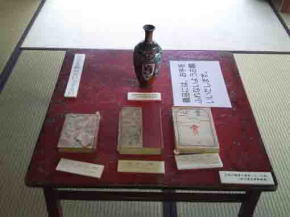
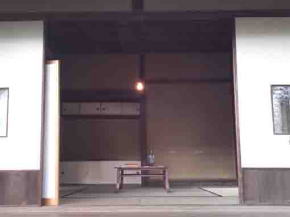
Shiensosha, The House of Hakushu Kitahara
The poet, Hakushu Kitahara who is famous for his book 'Karatachi no Hana (a trifoliate orange tree' and 'Sunayama (a sand mountain)' once lived in this house called Shiensosha by Hakushu himself in Koiwa in Edogawa-ku Tokyo for a year in 1916. Shensosha was dismantled when Edogawa River was improved. Ichikawa city was accidentally given Shiensosha by its owner Mr. Yuasa in Ichikawa city as his kindness donation, and the city rebuilt it in Satomi Park as it used to be because Hakushu Kitahara once lived in Kameiin Temple in Mama and he loved views around Satomi Park and the fields in Katsushka having related to Myriad of Leaves for thousands ages even though he lived in Koiwa.市川市
市川市観光協会
北原白秋紫烟草舎前案内板より
抜粋・引用および参考
市川市ホームページ
北原白秋紫烟草舎前案内板
亀井院門前案内板
市川市図書館ホームページ
ウィッキペディア
The Location and Access to Shiensosha in Satomi Park
Shiensosha in Satomi Park

The map to Satomi Park
PDF of the map around Mamasan Guhoji and Satomi Park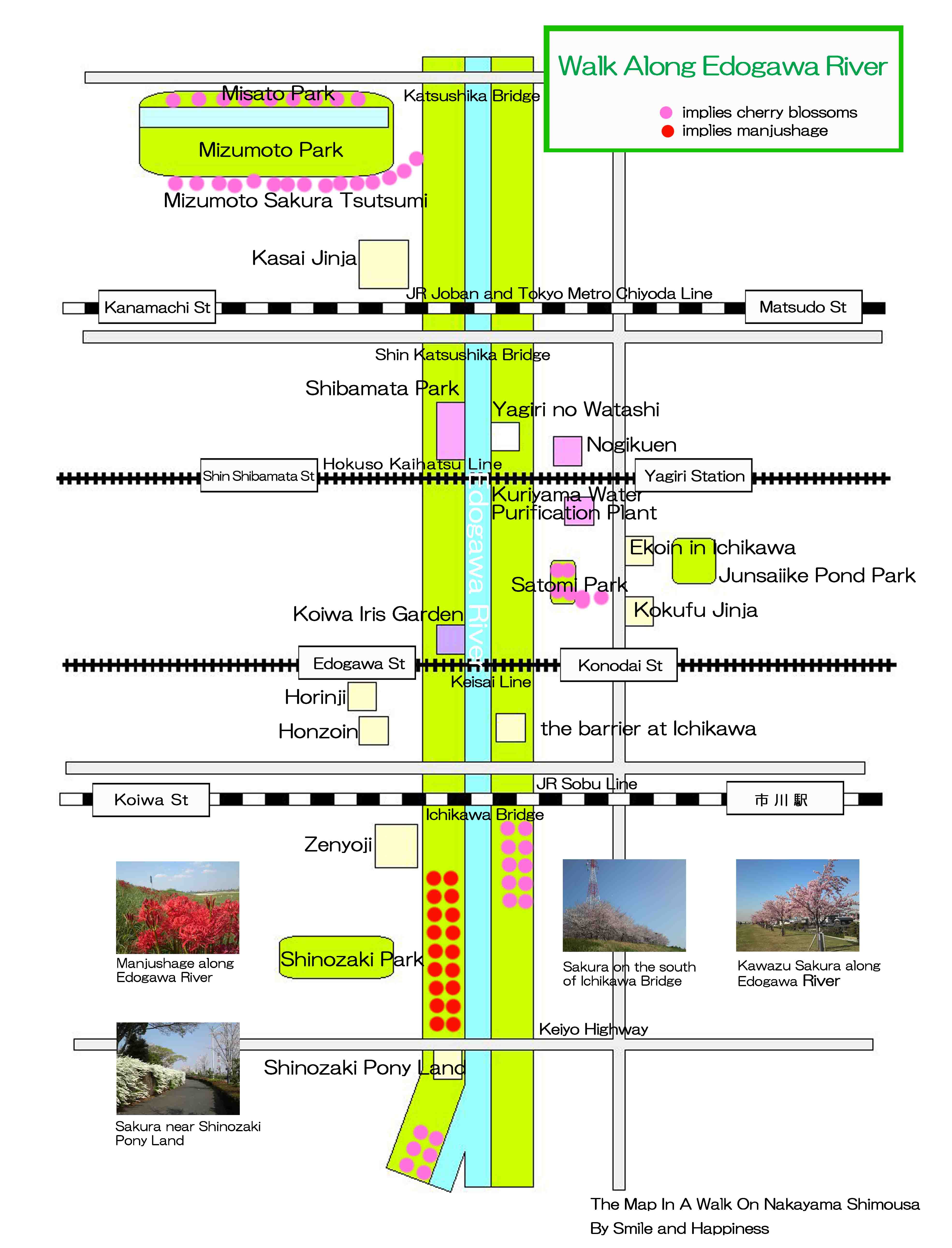
The map of the noted spots along Edo River
PDF of the map of the noted spots along Edo River- Shiensosha has great accessibilities from both Narita and Haneda International Airport.
- From Narita International Airport, take Keisei-line and get off Konodai Sta, take minimally 45 minutes from Narita Airport. And also take Keisei Narita Sky Access line bound to Nippori Sta or Haneda International Airport and get off Shin Kamagaya Sta, transfer the line to Hokuso line bound to Nishi Magome or Haneda International Airport and get off Yakiri Sta.
- From Haneda International Airport, take Keikyu-line bound to Narita, and get off Konodai Sta. And also take Keikyu-line bound to Inba Nihon Daigaku (Nihon University) and get off Yakiri Sta.
- Take 10 minute walk from Konodai and Yakiri Sta.
- 3-9 Konodai, Ichikawa-shi, Chiba-ken
The Noted Scenic Spots in and around Satomi Park
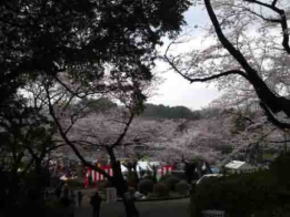
Satomi Park (the remains of Konadaijo Castle)
Visitors find nature, history and culture in this area.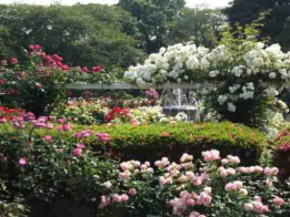
Four Seasons in Satomi Park
Visotors enjoy seeing beautiful cherry blossoms, roses and colored leaves.
Shiensosha House (Hakushu Kitahara once lived in)
The House of Hakushu Kitahara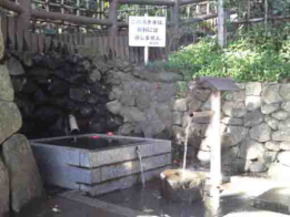
Rakan no I Well
Rakan no I Well has a legend that Kobo Daishi Kukai found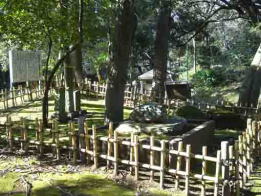
Yonaki Ishi (the stone cries at night)
A stone tells the sad story of Sengoku Period.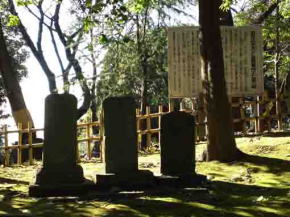
The Momorial for Samurai of Satomi Clans
The stone tablets are related to the battle of Konodai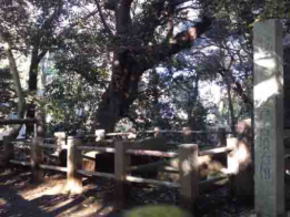
The Stone Coffins of Akedo Old Mound
They are intorduced in Edo Meisho Zue in Edo period.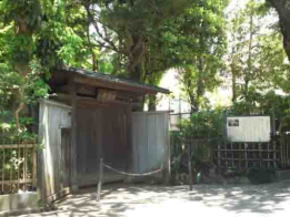
The Tea Room of Shikisei Oribe School of Tea Ceremony
It is the intangible cultural property registered by Chiba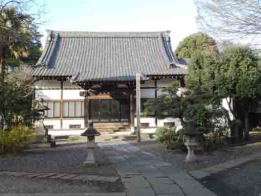
Ankokusan Soneiji Temple
It was treated as a high ranked temple as same as Daimyos.
Konodai Tenmangu Shrine
It is famous for a traditional event called 'Tsujikiri'.
Junsaiike Pond Park
Many flowers bloom and many birds come this water park .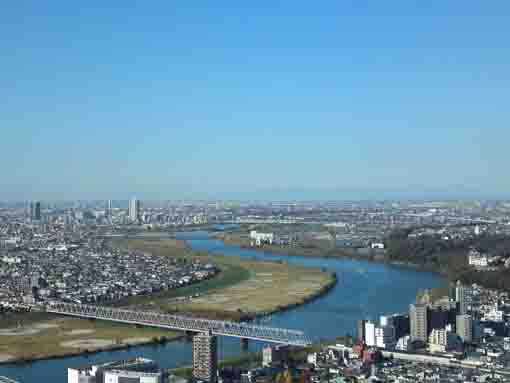
A Walk Along Edogawa River
There are many noted spots along this river.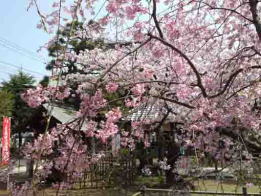
A Walk On Tekona and Mama
Tekona, Mamasan temple and some landmarks in it. It is good place to walk along.
Ekoin Branch Temple in Ichikawa
Genkoji Temple, a branch temple of Ryogoku Ekoin has a beautiful garden and CafeTerrace Ekoin.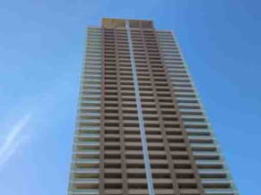
The Observatory on I-link Town Ichikawa
It commands a panoramic view of Mt.Fuji behind Tokyo.- 広告 Advertisement -
